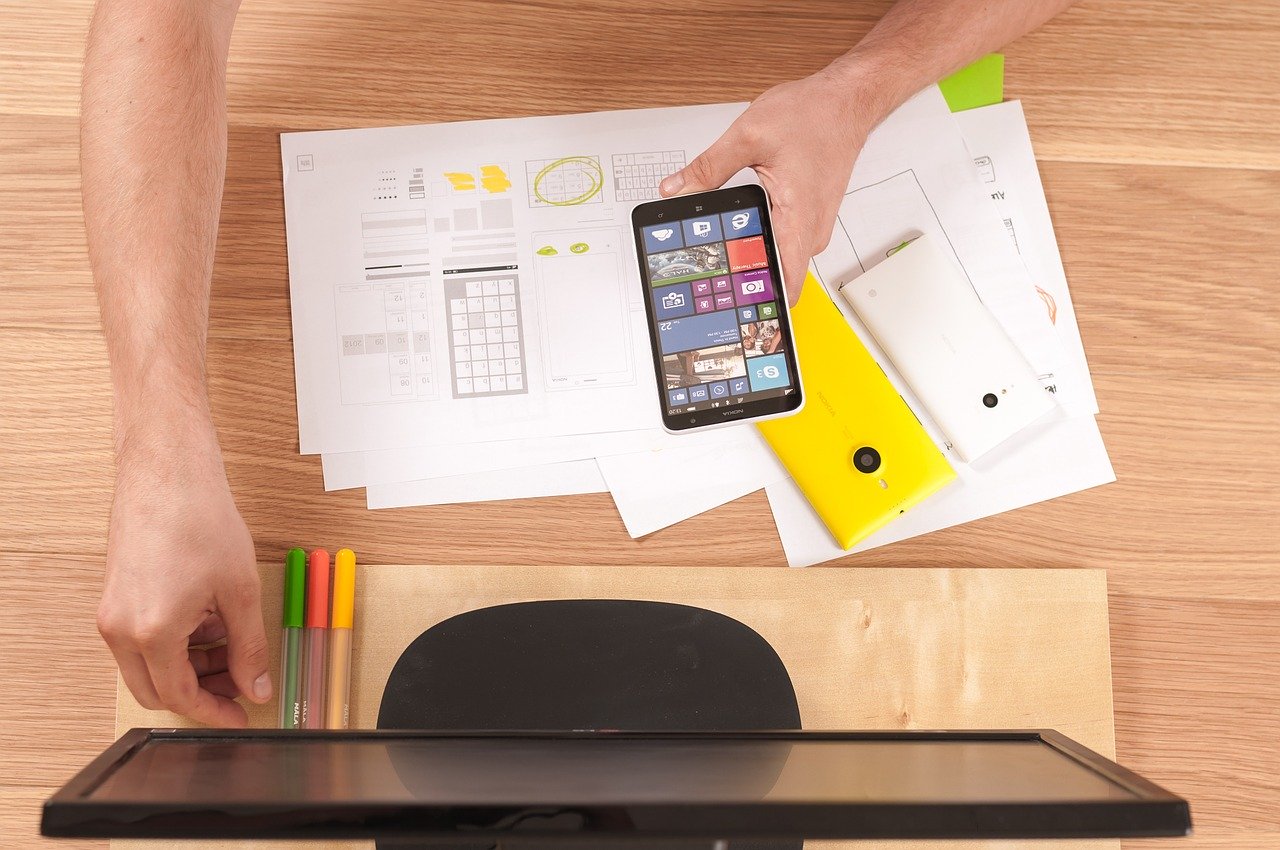AI or artificial intelligence is not a buzzword anymore.
Many organizations are using AI on a great scale to automate mundane tasks, enhance accuracies and efficiencies, and provide measurable advantages to the bottom line.
It is safe to say that AI is on the way to become part of business strategies across every industry, including healthcare, retail, energy, and manufacturing.
However, artificial intelligence has a crucial role to play in the IT industry. It has been successfully implemented in online marketing and software development.
Talking about AI’s role in the UX industry, it is going to change the role of the designer, and opening a unique set of challenges and opportunities.
In fact, UX design and artificial intelligence share the same functionality: to understand patterns of user behavior and deliver better experiences based on the data gathered from user behavior.
Conventionally, UX teams would use metrics and tools such as usage data, usability tests, and heat maps, to improve the functionality and efficiency of a design.
However, AI has changed the things and presents actionable data to be used in the optimization of user experience.
Based on this, the future of UX is exciting with AI. Here are some convincing reasons to prove this.
How AI Can Empower UX Designs
 1. Implying smart algorithms
1. Implying smart algorithms
The process of developing a better UX can be efficient with AI algorithms.
For example, these algorithms can process information about site visitors or app users and then make changes accordingly to the model.
By doing this, AI can improve the user experience with a design.
2. Facilitating usability testing
The machine learning system can help designers to track and assess a vast array of important UX metrics, such as:
- Session Time and Length
- Locations of Users
- Bounce Rate
- Categories and Products Viewed
- User Flow
- Devices Being Used for Visiting a Website
Together, these important metrics assist designers to get a clear insight into user behaviors and interests, which is useful when it comes to implying new ideas and running usability tests.
3. Making testing more unbiased
AI can be useful in making UX design testing unbiased. Generally, it is challenging to remain unbiased with split testing, quite often, human logic can impact results.
AI, on the other hand, uses only hard data along with the binary approach that is closer to the actual results.
AI can collect and assess a large volume of data very quickly. This information can be used in A/B tests automatically as well as understanding the results of the test and updating the product accordingly
4. Enhancing deep learning
Deep learning enables AI to analyze multiple design variations and then create alternatives.
This can be incorporated in many areas of UX, such as creating buttons on a webpage, or contact form in an app.
By combining this deep learning technology with behavioral data insights, AI can take UX design to the next level.
5. Automating repetitive tasks
The job of a graphic designer is not easy. To achieve that “mind-blowing” design, they have to go through a pile of variations, color corrections, resizing, and other things.
Sometimes, these things are overwhelming enough to put the designers off the track to their target design.
Enter AI. AI can handle such repetitive tasks so that designers can focus on what is important to them.
For example, tedious and mundane tasks like designing banners and product labels in multiple languages can be handed over to AI.
Adobe Scene Stitch locates patterns in the image to help designers edit, patch, or reinvent certain things.
How AI can be used in UX design?
AI can enhance UX design in many ways. Is it easy to incorporate AI into UX design?
Well, it is quite complicated. This is because UX and AI are two different entities with a different language, expertise, and process.
The optimal solution is that UX designers should discuss things with AI experts. Both should work in sync to create a powerful and efficient product. Here’s how…
AI and UX are two worlds apart. To bring them together, the experts from both sides are required to develop a shared language.
This shared language is useful to explain the vision, UX issues, and business goals.
For example, both teams can work over a blueprint that includes both user interface and data pipelines.
They need to understand what happens if those fonts get bigger as the elderly audience enter their age.
2. Focusing on use case
 If you are creating a product, the essential thing is not the technology but the user experience and business goal you are looking to achieve.
If you are creating a product, the essential thing is not the technology but the user experience and business goal you are looking to achieve.
For example, if you are designing a landing page for a news app, the experts from both sides should meet up to create an outline including data pipelines and interfaces.
This lets the whole team identify the major points where machine learning could increase user experience and vice versa.
A thorough understanding of the use case lets the teams find the right key performance indicator (KPI) for user experience development that can be incorporated with the metrics of machine learning.
3. Combining quantitative and qualitative data
How AI will impact UX?
To find out this, it is important to combine both subjective and quantitative data. You have to go through subjective research processes like polls, surveys, and interviews to find out users’ views on your app.
This way, qualitative data helps you determine user behavior with your product. As far as quantitative data is concerned, it helps you determine how people behave with the product.
The combination of the data obtained through qualitative and quantitative methods helps both UX designers and AI experts to understand the product’s impact on the daily life of people.
4. Using AI+UX data in real-life settings
When you incorporate AI into your UX design, you need to check how it would behave in real life.
This way, you can determine the efficiency of AI for your UX design. For example, you can see if the machine learning model can work in real life.
An average functional product, including working data pipelines and machine learning models, simplifies the iteration of the product together with the whole team and also helps you get feedback from users through beta testing or user testing.
All the feedback should be discussed, analyzed, and shared with the whole team. This process will help you find if the product can work in real life.
When user experience designers and machine learning experts exchange inputs and concerns about product development, the iteration is quick and effective.
Throughout the process, the AI team can get new insights on how machine learning can be utilized to understand actual human behavior that might not fit into algorithms.
UX designers, on the other hand, can know the possibilities of machine learning better as well as how to use it for improving user experience most effectively.
Last note: Why AI is Pivotal to the Future of UX
UX designs, as the name suggests, are meant to improve the experience of the users with the designs.
However, the process is not that easy as it contains overwhelming tasks, such as collecting data, creating variation, and putting them to tests.
AI can be an answer as it not only provides valuable data to the designers but also automates several mundane tasks being involved in the design.
A UX designer can learn from the data insights provided through AI tools to improve their design.
AI algorithms can simplify things. It can quickly solve design issues to create personalized models.
As businesses and users have started looking for greater customization, designers need to imply hard data and ponder over possibilities in engaging with any system.
And this will lead to a more personalized user experience. AI, when incorporated with UX becomes the symbol of future technology.
But that doesn’t mean the machine can replace human designers.
After all, the design is a creative process. It is not a math sum where 2 plus 2 equals 4. It is a human designer who can decide where to put a hamburger menu or where those vertical icons will look great.
A machine can only provide data and automate mundane tasks, but not determine the aesthetics of a webpage.
Helen Wilson is a marketing manager at Savah, a product that helps teams with an all-in-one platform for prototyping, design collaboration tools, and workflow.
